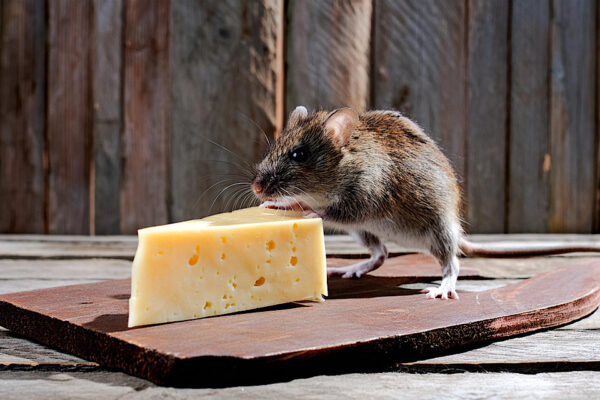Have you ever heard strange scratching noises in the walls at night? Have you discovered chewed-up wires or gnaw marks on your pantry items? These might be signs of rodents. While they may seem small, these critters can cause a big headache. If you suspect a rodent infestation in your Clermont home, consider contacting a reputable pest control company near Clermont.
Let’s explore why your home might attract them and what you can do to reclaim your space.
Infections by Rodents
Hantavirus: Rodents, particularly deer mice, can carry and spread hantavirus via urine, droppings, or saliva. Hantavirus Pulmonary Syndrome, a severe respiratory ailment with a high death rate, can be caused by inhaling virus-contaminated airborne particles.
Salmonellosis: Rodents can transmit Salmonella bacteria through their faeces, urine, and saliva. Salmonellosis can be caused by contaminated food or surfaces, and symptoms include diarrhoea, stomach pains, fever, and vomiting.
Leptospirosis: Rodents can carry and shed Leptospira bacteria in their urine, which contaminates water and soil. Humans can get leptospirosis from contact with contaminated water or soil, which causes flu-like symptoms, jaundice, and possibly fatal complications affecting the kidneys, liver, and other organs.
Why Do Rodents Find Your Home Appealing?
Like mice and rats, rodents are driven by three basic needs: food, water, and shelter. Unfortunately, your home can unknowingly provide all three:
- Food Source: Even the smallest crumb or forgotten pet food can be a feast for a hungry rodent. Open trash cans, overflowing compost bins, and unsealed food containers become all-you-can-eat buffets.
- Water Source: Leaking faucets, condensation under sinks, or pet water bowls can supply much-needed hydration.
- Shelter: Rodents are excellent climbers and burrowers. Cracks in walls, gaps around pipes, and spaces behind appliances offer cozy hiding spots for them to build nests.
Taking Back Your Home: Disinfection and Prevention
Discovering a rodent infestation can be disheartening, but don’t despair! Here’s a two-pronged approach to regain control:
- Disinfection:
- Trapping and Removal: The first step is eliminating existing rodents. Use humane traps or contact a professional pest control service.
- Cleaning and Sanitization: Once the rodents are gone, thoroughly clean the areas they frequented. Wear gloves and a mask while disinfecting with diluted bleach or a disinfectant specifically designed for rodents. Pay close attention to areas where droppings or nesting materials might be present.
- Prevention:
- Seal Entry Points: Inspect your home for cracks, holes, and gaps around pipes and wires, and seal them with appropriate materials. Remember to check around doors and windows, paying particular attention to the foundation of your house.
- Eliminate Food Sources: Store food in airtight containers, dispose of garbage regularly, and seal pet food in metal containers.
- Minimize Water Access: Fix leaky faucets and pipes promptly. Don’t leave standing water in pet bowls or other containers.
- Maintain Cleanliness: Regularly clean spills and crumbs, especially in kitchens and pantries. Vacuum frequently and pay attention to areas behind appliances and furniture.
Conclusion
Rodents not only affect the furniture of your home but also impacts the health. By understanding why rodents are attached to your home and taking action through disinfection and prevention, you can reclaim your space and live rodent-free.








